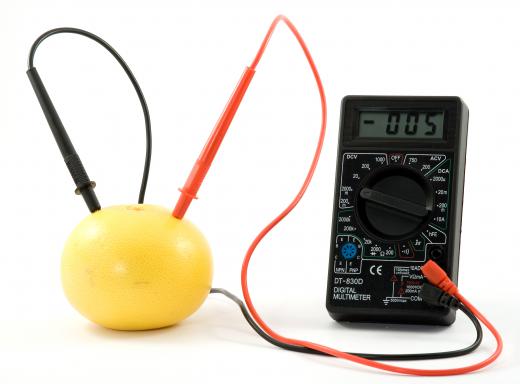What are Some Science Experiments for Kids?
 Hillary Flynn
Hillary Flynn
Deciding on science experiments for kids can be a daunting task for those who are unfamiliar with the world of science. Common concerns among parents are selecting an experiment that is age appropriate, safe, and easy to understand for both child and adult. With thousands of possibilities it’s often difficult to decide, but there are a few tried and true science experiments for kids that are sure to be successful:
The Rubber Egg
This experiment is an excellent choice for the youngest scientists because there are very few steps, no safety risks, and kids love it because it’s foolproof so results are guaranteed.
Materials: hard boiled egg, jar, vinegar (acetic acid)

Instructions: Place the hard boiled egg in the jar and immerse it in vinegar. The egg should be completely covered with no shell peeping out at the top. Wait 2-3 days. The shell will completely dissolve and kids can poke and prod at the new “rubberized” egg. If not dropped from too high a point, the egg will even bounce.
The lesson: Egg shells are made of calcium carbonate which dissolves when it comes in contact with an acetic acid.
Copper Nail
This is another great pick for science experiments for kids, and it's suitable for any child old enough to understand measurements.
Materials: 1/4 cup (59.15 ml) white vinegar, 1/8 teaspoon (.62 ml) salt, 20 pennies, jar, iron nail, baking soda, sponge

Instructions: Pour the vinegar and salt into the jar and stir. Drop the pennies into the vinegar/salt mixture and leave them for three minutes. While the pennies are “stewing,” clean the iron nail with the baking soda and sponge. Drop the nail in with the pennies and let it sit for 15 minutes. When you check the nail, it will be coated with copper.
The lesson: Acetate (acetic acid/vinegar) will combine with metals. In the case of the pennies and nail, the acetic acid and copper combined to form copper acetate, which then adhered to the iron nail.
Exploding Life Savers
This experiment is a bit less known than other science experiments for kids, but it's definitely a child crowd pleaser. It's suitable for all ages, but an adult should supervise younger children.
Materials: Wint-O-Green® Life Savers, Ziploc plastic bag, hammer, wooden block
Instructions: Place a Wint-O-Green® Life Saver in the Ziploc bag. In a dark room, place the bag on the wooden block and watch closely while striking the Life Saver with the hammer. A bluish-green light will flash just as the candy is struck.
Lesson: Triboluminescence. Wint-O-Green® Life Savers are made with methyl salicylate which is a crystalline substance. Crushing a crystalline substance emits light.
There are many more excellent and fun science experiments for kids, but these are a good start. When choosing others, the key is to select something with few material requirements and a low safety risk. Also keep in mind the child will be more interested in experiments that utilize every day simple objects, as these are less intimidating.
AS FEATURED ON:
AS FEATURED ON:












Discussion Comments
SurfNturf- Yum, that does sound good.
Another fun easy science experiment for kids involves making the color purple. You simply need red cabbage, a strainer, baking soda, clear vinegar, Sprite, a few pennies. After you mix the ingredients your cabbage will turn the liquid purple after the water is boiled for some time. It is really fun.
Also a simple science experiment that is easy for children to understand is turning a liquid into a solid.
If you pour water into a cup and then freeze the cup, the liquid turns to ice which is now a solid. My daughter did this project in the second grade and it was very effective in her learning the concept
Cupcake15-A great chemistry science experiment for kids’ involves making ice cream. Ice cream shows how condensation is formed. This is an educational project that is good to eat. I remember doing this in school and I loved it.
A great food science experiment for kids is the mold experiment. First, the child puts a piece of bread in a sealed plastic bag like a Ziploc bag.
The child then has to record the date of when this bread was placed inside this sealed bag. This bag should be placed in an area where there is sunlight.
A second Ziploc bag should be kept in a dark area with another piece of bread. The child then records the progress on both items weekly.
The purpose of this experiment is to determine where mold grows faster. When they start the project they should try to take an educated guess on what the results will be and match it to the actual results to see if they were close.
This is a cool science experiment for kids that they will love. It does take time to see results. For faster results, use bread from a bakery. It does not have preservatives and tends to mold faster.
Post your comments